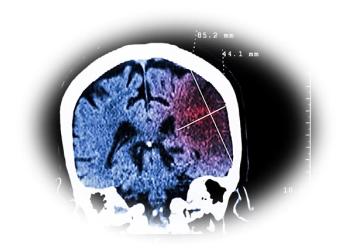
Apixaban Most Cost-Effective of New Oral Anticoagulants
A recent study found the lower cost to be the result of fewer episodes of major bleeding in patients treated with apixaban.
As the disease burden of atrial fibrillation (AF) increases along with the aging US population, cost-effectiveness of therapy is becoming an important consideration when deciding which anticoagulant therapy to prescribe. Although vitamin K antagonists (VKA), such as warfarin, have been traditionally the most inexpensive agents, their efficacy profile is less favorable than the novel oral anticoagulants (NOACs); other considerations, such as drug-drug interactions and tedious monitoring parameters also make VKAs less desirable than NOACs.
A cost-effectiveness analysis that used “real-world” warfarin event rates as the comparator arm (rather than those from highly-selected patients in clinical trials) was presented at the American College of Cardiology meeting in March 2014 by Amin and colleagues. The “real-world” warfarin event rates were obtained from 23 525 patients with AF selected from a Medco claims database and the NOAC event rates were obtained from Phase III randomized trials of the NOACs (ARISTOTLE, RELY, ROCKET-AF).
Compared with warfarin, all of the NOACs resulted in fewer strokes but only apixaban was also associated with fewer episodes of major bleeding (Table). Next, the authors assigned an incremental cost to the medical resources associated with endpoint events (stroke and major bleeding). Based on this allocation, the authors were then able to calculate the relative cost difference associated with the absolute risk reduction of NOACs over warfarin. Because rivaroxaban use resulted in more major bleeding events, which require costly care, there was actually an increase in medical cost associated with this NOAC.
Based on these analyses, it appears that apixaban is not only the most clinically effective NOAC but also the most cost-effective. Although additional cost effectiveness analyses are needed, the higher retail cost associated with this medication may be offset with the annual savings of $1245 per patient per year realized from preventing adverse events.
A note of caution about the results: although event rates for the warfarin comparator arm were identified among a “real-world” patient population, the event rates in the NOAC arm were obtained from Phase III studies of highly selected patients. The NOAC arm rates, therefore, may be artificially lower than those observed in the “real-world” setting and therefore, the results may actually be an inflated estimate of the cost savings. Ideally, another study is needed that compares the cost effectiveness of NOACs vs. warfarin, using real-world population event rates in both arms.
References:
Amin A, Stokes M, Makenbaeva D, et al. Medical costs avoided for prevention of stroke with the use of NOACs: estimates for the real world. J Am Coll Cardiol. 2014;63(12_S):doi:
Newsletter
Enhance your clinical practice with the Patient Care newsletter, offering the latest evidence-based guidelines, diagnostic insights, and treatment strategies for primary care physicians.
























































































































































































































































































